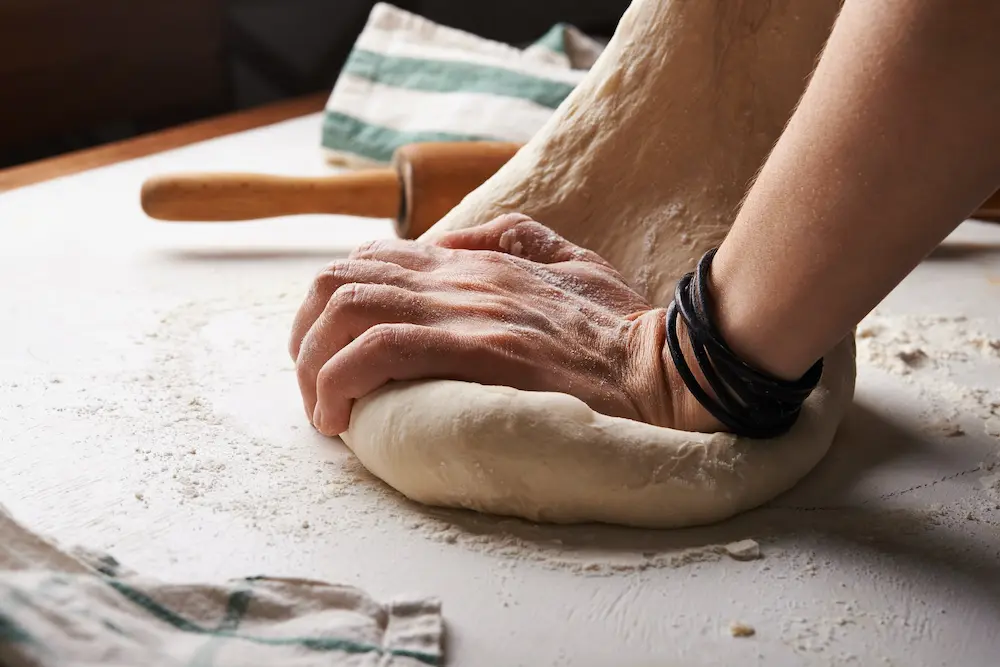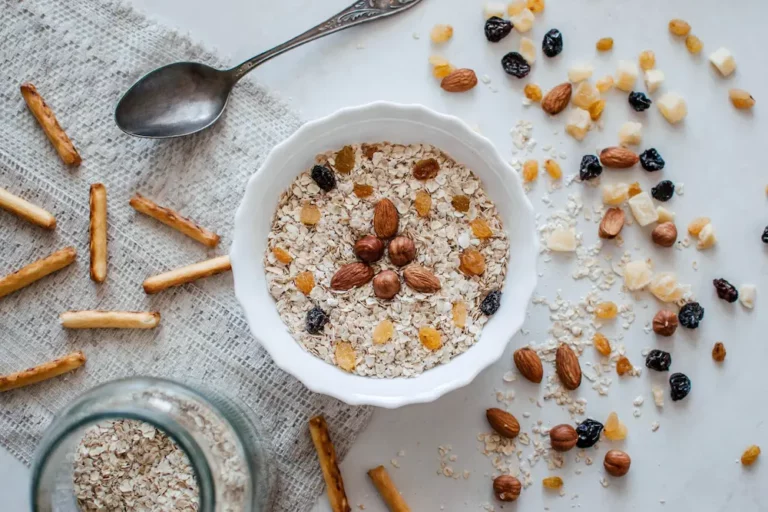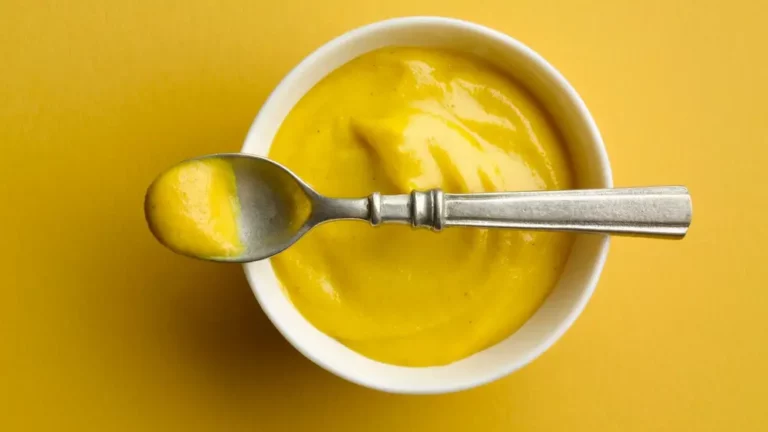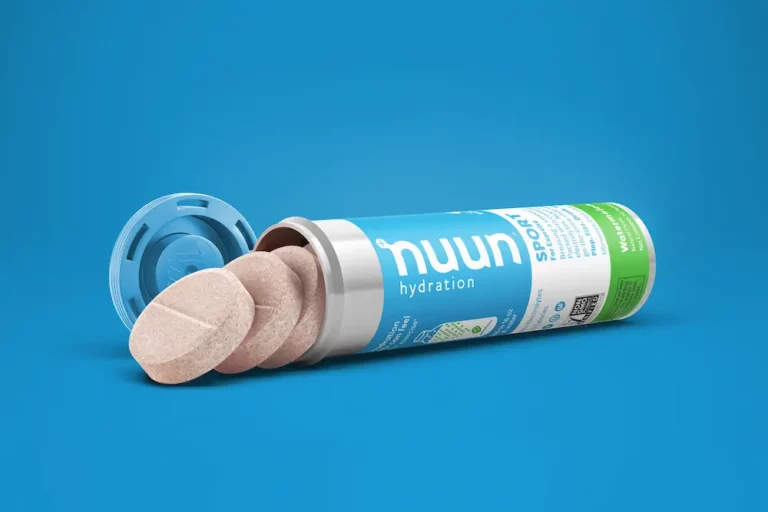Is Hawaiian Bread Healthy? A Nutritional Analysis
As someone who loves bread, I often wonder about the health benefits of my favorite types. One type of bread that has caught my attention recently is Hawaiian bread. Its sweet and fluffy texture is hard to resist, but I can’t help but wonder if it’s actually healthy for me to eat.
After doing some research, I’ve come across some interesting information about Hawaiian bread. While it does have some nutritional benefits, such as being a good source of protein and fiber, it also has a high caloric count. This means that if you’re trying to lose weight or maintain a healthy diet, you may want to limit your consumption of Hawaiian bread. However, like any other food, it is up to you to decide how much you consume and whether it will negatively affect your health.
Overall, the question of whether Hawaiian bread is healthy or not is a complex one. In this article, I will explore the nutritional benefits and drawbacks of Hawaiian bread and provide you with the information you need to make an informed decision about whether or not to include it in your diet.
What Is Hawaiian Bread?
As the name suggests, Hawaiian bread is a type of bread that originated in Hawaii. It is a sweet, soft, and fluffy bread that is often consumed as a snack or used as a base for sandwiches.
Hawaiian bread is made from a combination of flour, sugar, milk, eggs, and yeast. The dough is then flavored with pineapple juice or other fruit juices, which gives it a unique sweet taste and aroma. The bread is often baked in round or rectangular shapes and has a golden brown color on the outside.
One of the distinctive features of Hawaiian bread is its texture. The bread is soft and fluffy, with a slightly chewy texture that makes it perfect for sandwiches and burgers. The bread is also stretchy, which makes it easy to pull apart and share with others.
In terms of nutritional value, Hawaiian bread is not the healthiest option available. The bread is often made with white flour and contains high amounts of sugar, which can lead to weight gain and other health problems. However, it can be consumed in moderation as part of a balanced diet.
Nutritional Content of Hawaiian Bread
Calories
Hawaiian bread is a high-calorie bread. According to Nutritionix, one slice of Hawaiian bread contains approximately 150-200 calories. The calorie count may vary depending on the brand and size of the slice. Therefore, it is essential to keep a check on the serving size to avoid overconsumption.
Carbohydrates
Hawaiian bread is rich in carbohydrates. One slice of Hawaiian bread contains approximately 25-30 grams of carbohydrates. The carbohydrates in Hawaiian bread come from added sugars and refined flour. Therefore, it is advisable to consume Hawaiian bread in moderation.
Fat
Hawaiian bread is low in fat. One slice of Hawaiian bread contains approximately 2-4 grams of fat. The fat content in Hawaiian bread comes from added oils and butter used in the recipe. However, it is still essential to keep track of the serving size to maintain a healthy diet.
Protein
Hawaiian bread is low in protein. One slice of Hawaiian bread contains approximately 2-3 grams of protein. The protein content in Hawaiian bread comes from added milk and eggs used in the recipe. Therefore, it is advisable to consume other protein-rich foods to meet the daily protein requirements.
Sodium
Hawaiian bread is high in sodium. One slice of Hawaiian bread contains approximately 150-200 milligrams of sodium. The high sodium content in Hawaiian bread comes from added salt used in the recipe. Therefore, it is advisable to consume Hawaiian bread in moderation and keep a check on the sodium intake throughout the day.
Overall, Hawaiian bread can be a part of a healthy diet if consumed in moderation. It is essential to keep track of the serving size and nutritional content to maintain a balanced diet.
Health Benefits of Hawaiian Bread
As a bread lover, I always look for healthy options that can satisfy my cravings without compromising my health. Hawaiian bread is one of my favorites, and I’m happy to share with you some of its health benefits.
Low in Fat
One of the benefits of Hawaiian bread is that it is low in fat. Compared to other bread, Hawaiian bread has a lower fat content, making it a great option for those who are watching their fat intake.
Good Source of Carbohydrates
Hawaiian bread is also a good source of carbohydrates, which are essential for providing energy to the body. Carbohydrates are the primary source of fuel for the brain and muscles, and consuming enough of them is crucial for optimal health.
Contains Some Nutrients
While Hawaiian bread is not a significant source of nutrients, it does contain some essential vitamins and minerals. For example, it contains small amounts of calcium, iron, and thiamin.
Delicious and Satisfying
Finally, one of the most significant benefits of Hawaiian bread is that it is delicious and satisfying. It has a unique flavor and texture that sets it apart from other bread, making it an excellent addition to any meal or snack.
In summary, Hawaiian bread is a healthy option for those who are looking for a delicious and satisfying bread that is low in fat, a good source of carbohydrates, and contains some essential nutrients.
Potential Health Risks of Hawaiian Bread
When it comes to the question of whether Hawaiian bread is healthy or not, there are a few potential health risks that should be taken into consideration.
High Sugar Content
One of the biggest concerns with Hawaiian bread is its high sugar content. As per the Eat This Not That website, Hawaiian bread is made from refined wheat flour and contains simple sugars that your body treats more like sugar than it does complex carbs. This can lead to a spike in blood sugar levels, which is not good for people with diabetes or those who are trying to maintain a healthy weight.
Processed Grains
Another potential health risk associated with Hawaiian bread is the use of processed grains. According to the BlackDoctor.org website, Hawaiian bread is a mixture of nearly 50 chemicals, additives, and preservatives. This means that it is not a natural or whole food and could contain harmful chemicals that may cause health problems in the long run.
Allergens
Lastly, Hawaiian bread may contain allergens that could cause health problems for some people. For example, the Healthyfoodforliving.com website mentions that Hawaiian bread contains milk and eggs, which are common allergens. People with allergies to these ingredients should avoid consuming Hawaiian bread.
In conclusion, while Hawaiian bread can be a delicious treat, it does come with some potential health risks that should be taken into consideration. It is important to consume it in moderation and to be aware of its ingredients and nutritional information.
How to Incorporate Hawaiian Bread into a Healthy Diet
If you’re a fan of Hawaiian bread, you might be wondering how you can incorporate it into a healthy diet. Here are a few tips:
Portion Control
Hawaiian bread is high in calories and sugar, so it’s important to practice portion control. One roll of Hawaiian bread can provide you with 90 calories, which can add up quickly if you’re not careful.
To control your portions, try cutting your Hawaiian bread into smaller pieces. This will help you enjoy the bread without overindulging. You can also try pairing your Hawaiian bread with other healthy foods to create a balanced meal.
Pairing with Nutritious Foods
Pairing your Hawaiian bread with nutritious foods can help balance out its high sugar and calorie content. Here are a few ideas:
- Pair your Hawaiian bread with a protein source, such as grilled chicken or tofu. This will help keep you feeling full and satisfied.
- Top your Hawaiian bread with healthy fats, such as avocado or nut butter. This will add flavor and texture while also providing important nutrients.
- Serve your Hawaiian bread with a side of vegetables or a salad. This will help increase your intake of fiber, vitamins, and minerals.
Remember, moderation is key when it comes to incorporating Hawaiian bread into a healthy diet. By practicing portion control and pairing it with other nutritious foods, you can enjoy this tasty bread without compromising your health.
Alternatives to Hawaiian Bread
If you’re looking for a healthier alternative to Hawaiian bread, there are several options available. Here are two popular alternatives:
Whole Grain Bread
Whole grain bread is a great option for those looking for a healthier alternative to Hawaiian bread. It’s made with whole grains, which means it contains more fiber, vitamins, and minerals than white bread. Whole grain bread also has a lower glycemic index, which means it won’t cause a spike in blood sugar levels like white bread can.
When choosing whole grain bread, make sure to read the label carefully. Some breads labeled as “whole grain” may contain refined flour or added sugars. Look for breads that list whole grains as the first ingredient and contain at least 3 grams of fiber per slice.
Gluten-Free Bread
For those who need to avoid gluten, there are many gluten-free bread options available. Gluten-free bread is made with alternative flours such as rice flour, almond flour, or potato flour. These flours are often higher in fiber and protein than wheat flour.
When choosing gluten-free bread, make sure to read the label carefully. Some gluten-free breads may contain added sugars or other unhealthy ingredients. Look for breads that are made with whole grains and contain at least 2 grams of fiber per slice.
Overall, there are many healthier alternatives to Hawaiian bread available. By choosing whole grain or gluten-free bread, you can still enjoy your favorite sandwiches and meals without sacrificing your health.
Conclusion
After conducting research and analyzing the available information, I have come to the conclusion that Hawaiian bread is not the healthiest option available. While it is undoubtedly delicious and has a unique taste and texture, it is made from white flour and contains high levels of sugar and calories.
One of the biggest drawbacks of Hawaiian bread is its lack of fiber. Fiber is an essential nutrient that helps regulate digestion and can also help lower cholesterol levels. Unfortunately, Hawaiian bread contains no fiber, which means it can be difficult for the body to digest and may contribute to other health issues.
In addition to its lack of fiber, Hawaiian bread is also high in sugar. A single roll can contain up to 90 calories, which is a significant amount for a small serving. Excessive sugar consumption can lead to weight gain, diabetes, and other health problems.
While Hawaiian bread is undoubtedly a tasty treat, it is best consumed in moderation. If you are looking for a healthier bread option, consider choosing whole-grain bread, which is high in fiber and other essential nutrients. Alternatively, you can try making your own bread at home using healthier ingredients, such as whole-wheat flour and natural sweeteners.







